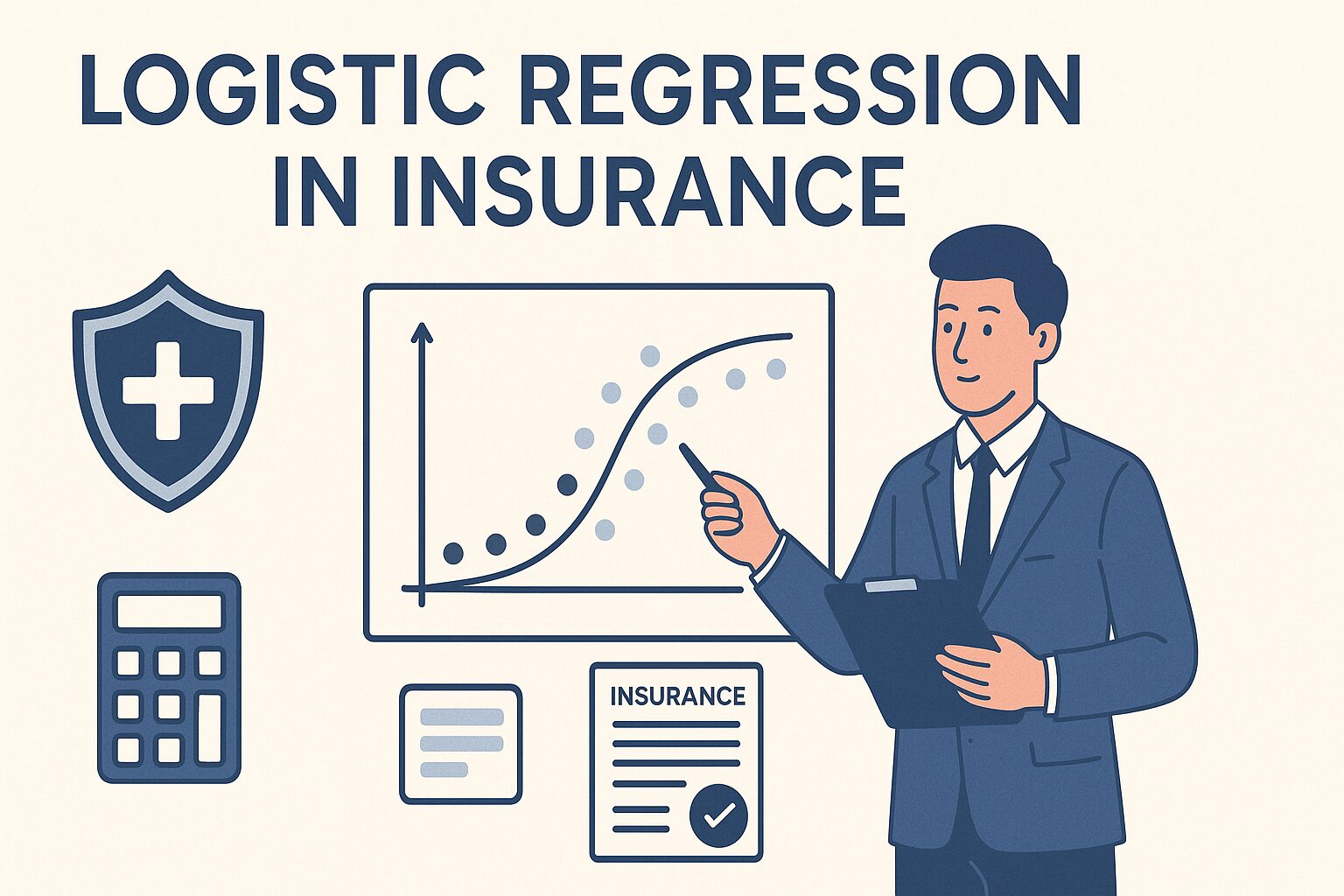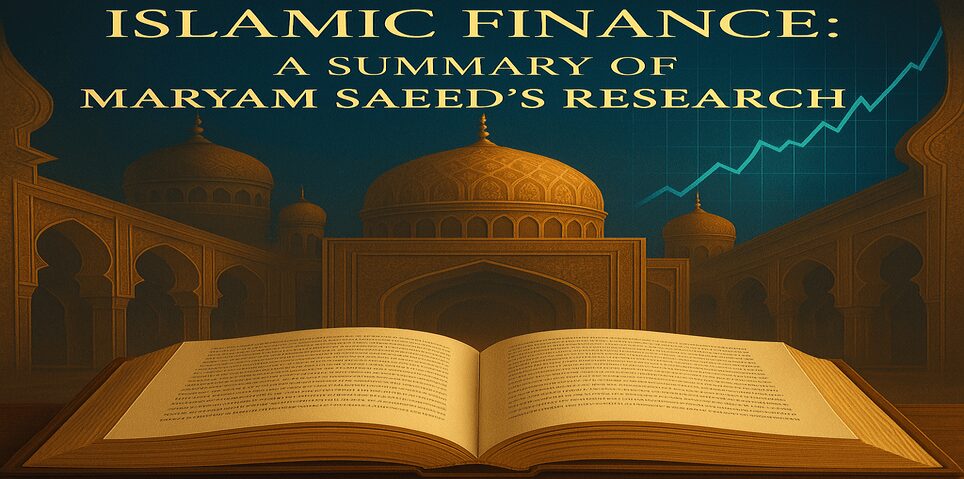Artificial Intelligence (AI) Insurance Industry:
Open Artificial intelligence (AI) is a branch of computer science. It replaces human intelligence. It applied computational models to execute tasks. AI learns from datasets by using supervised and unsupervised learning. Open Artificial intelligence has revolutionized the business model of many industries, including the insurance sector. AI has revolutionized the insurance industry in the following fields: distribution, underwriting and pricing, and claim administration.
Distribution:
Open Artificial intelligence assists in making customized risk profiles of policyholders based on the following factors: behavior, buying patterns, and other factors based on products. IoT or telematics, with the assistance of open Artificial intelligence (AI), offers instant quotations, especially to auto and house insurers. Blockchain-based smart contracts assist in the payment of claims and contract management.
Insurers have introduced new products like usage-based insurance, or UBI, with the assistance of the latest technologies like drones, IoT, and AI. These technologies are assisting in offering customized insurance products and services as per the needs of policyholders. The role of insurance agents would change to facilitators by 2030 due to AI-based chat bots in managing customer portfolios based on current and prospective transactions.
Underwriting/pricing:
Machine learning and deep learning models have automated underwriting or marketing by analyzing data collected by APIs and analytic suppliers. Data repositories, or data streams, is made from collected data by insurers, re-insurers, the product development department, and the distribution department. Regulators analyze machine learning-based models, which need a clear score-tracing mechanism (similar to the rating factor derivations used today with regression-based coefficients). Regulators take model inputs to examine the data, if used for marketing and underwriting. They set rules to check if the output of the algorithm falls within the allowed parameters.
Claims:
IoT and drones have automated the procedure of loss estimation due to the live recording of incidents. One example is a home where sensors record water level, temperature, or theft to inform policyholders and insurers before a big loss occurs. This helps in minimizing the claim reimbursement cost and loss incidents, and payments which are made at a fast pace. Risk monitoring, prevention, and mitigation are priorities for claims organizations. Another example is a building or property where a drone, with the help of a network, weather service, or satellite, inspects a loss and makes online payments. These automatic reports also speed up reinsurance capital flow.
In conclusion, AI will change every field of life, like tutors, career counselors, accountants, lawyers, and many more. As per the study of PWC, the greatest economic gains from open Artificial Intelligence (AI) will be in China, i.e., a 26% boost to GDP in 2030, and in North America, i.e., a 14.5% boost equivalent to a total of $10.7 trillion and accounting for almost 70% of the global economic impact. As per the study, 45% of total economic gains by 2030 will come from product variety due to AI stimulating consumer demand in a customized manner.






